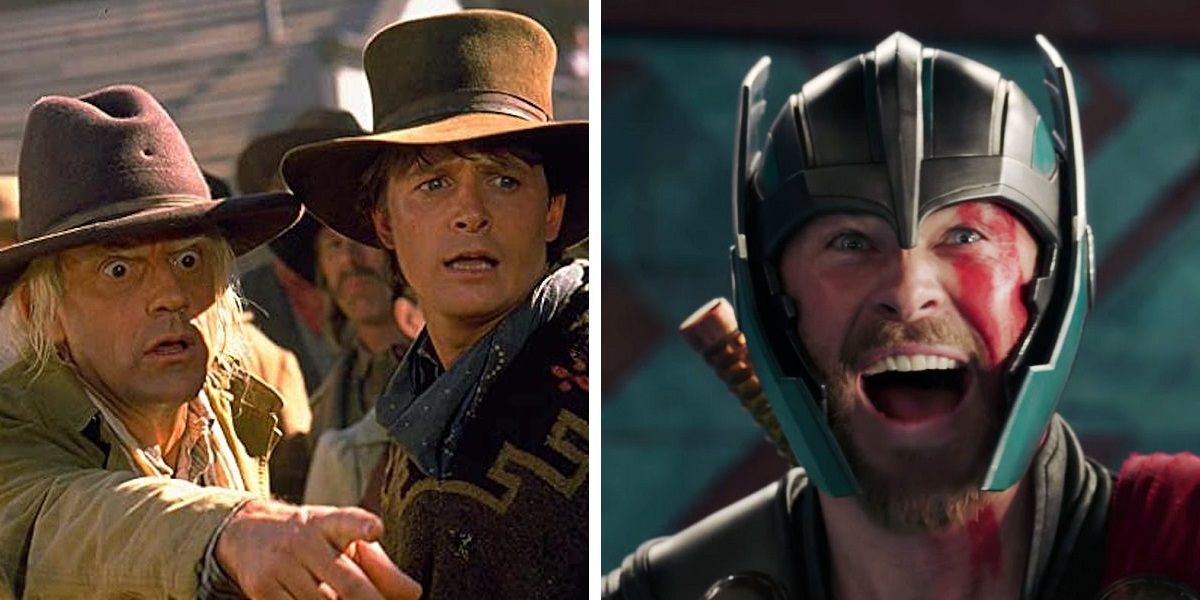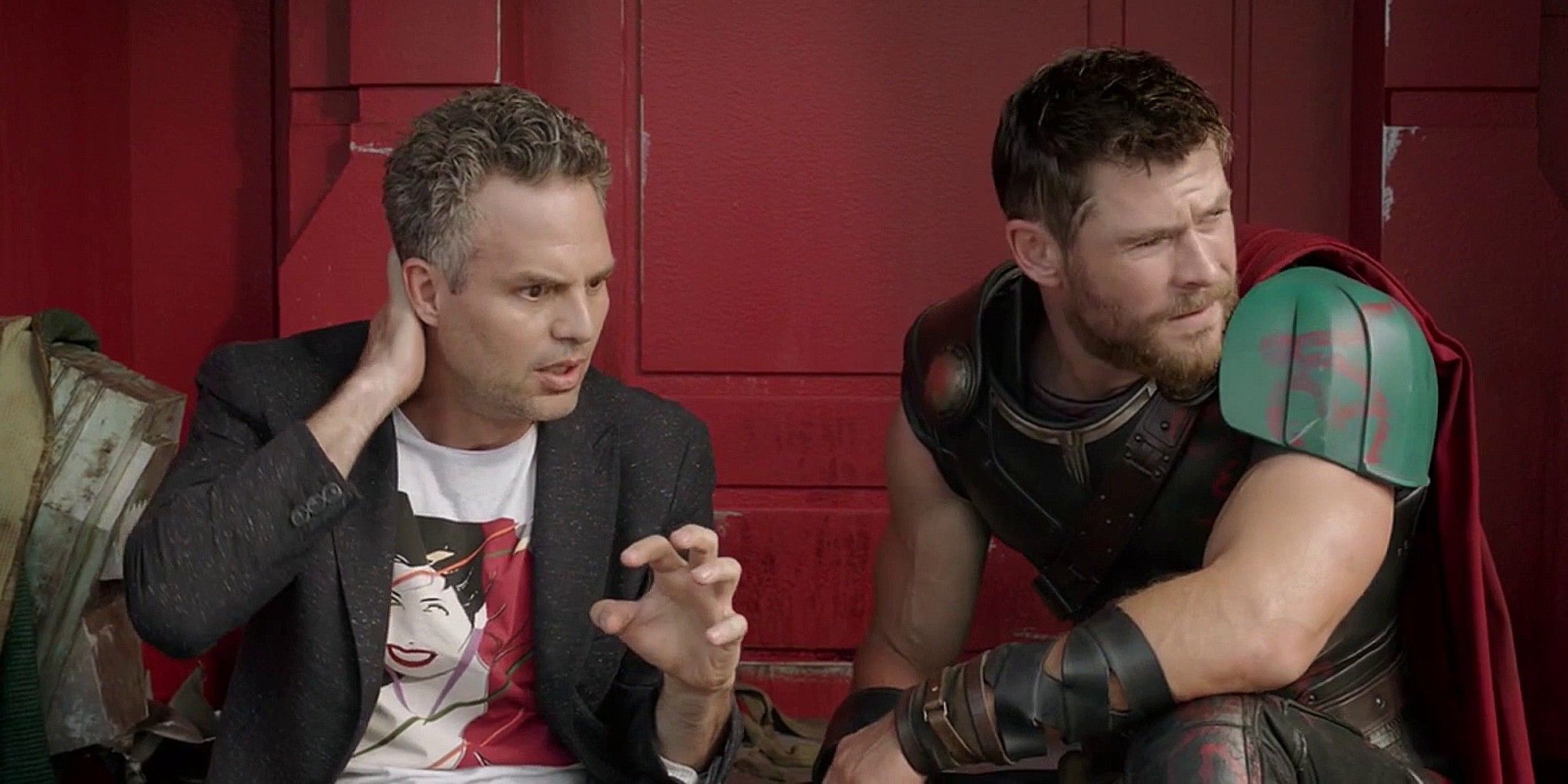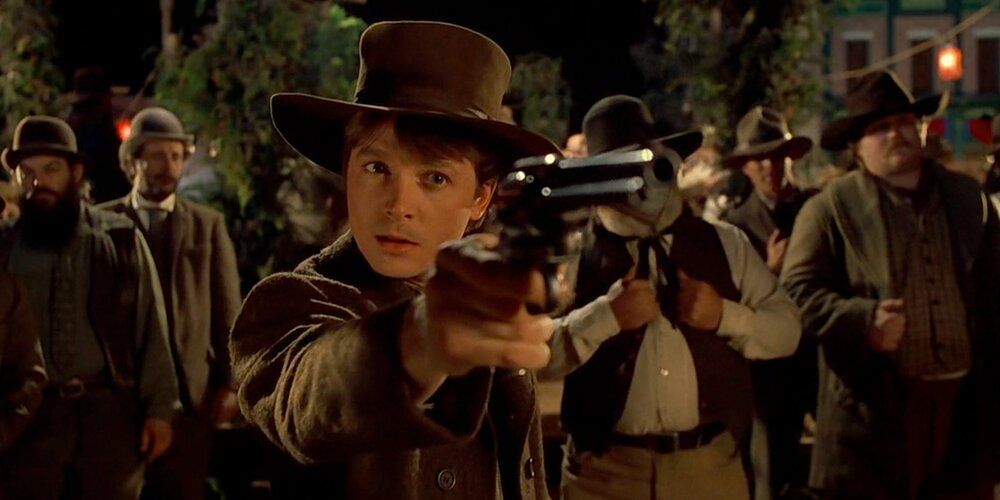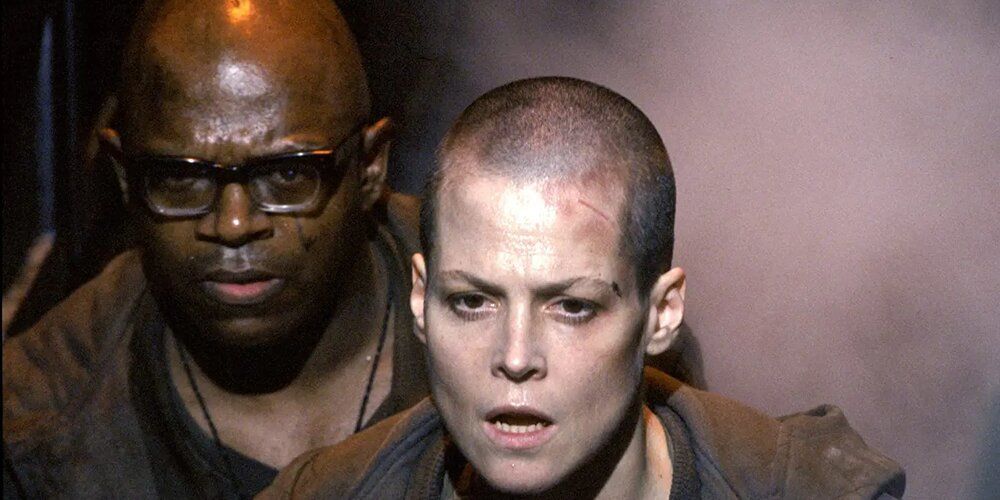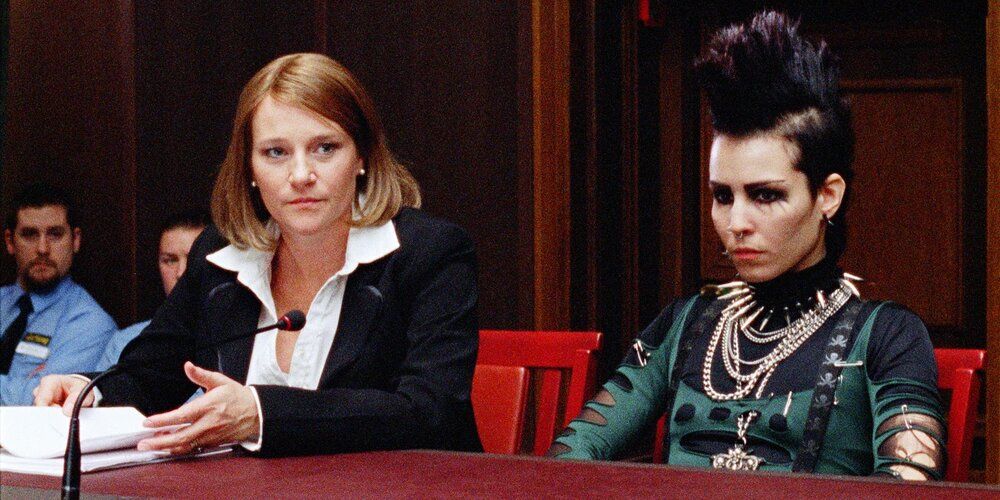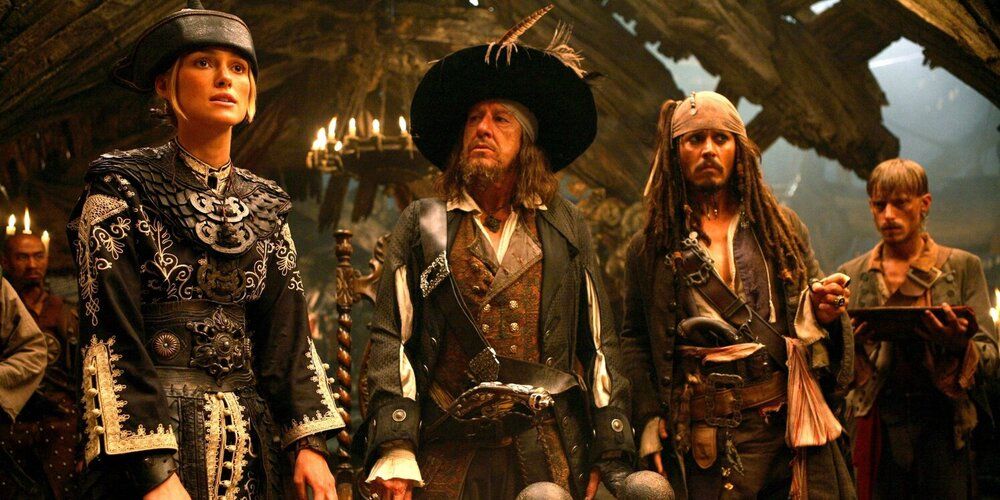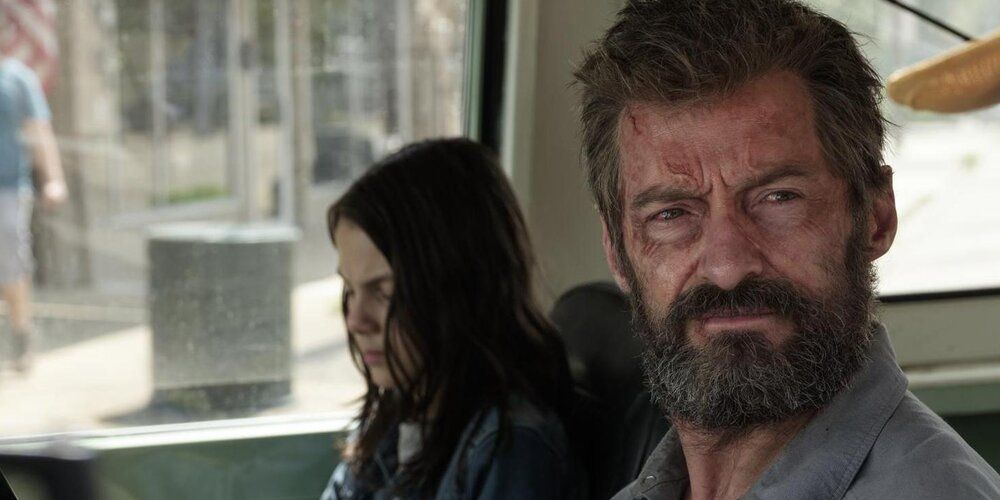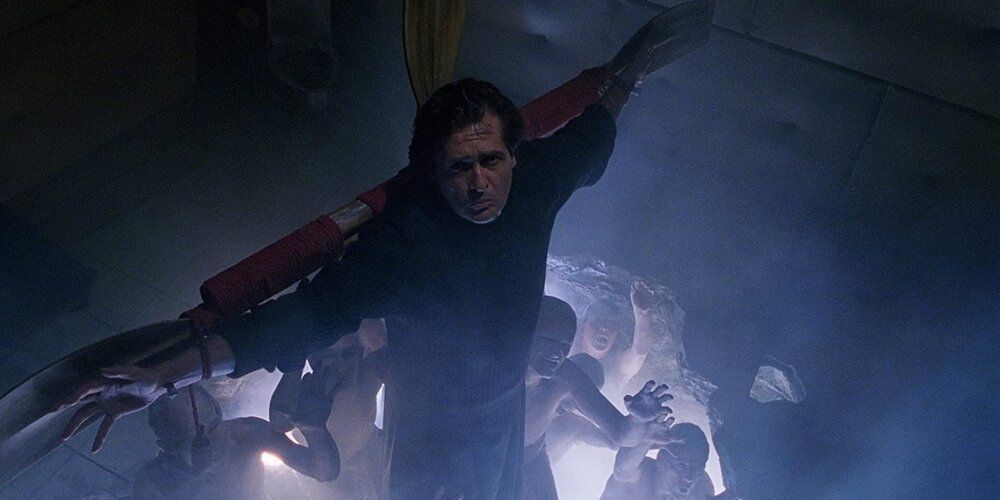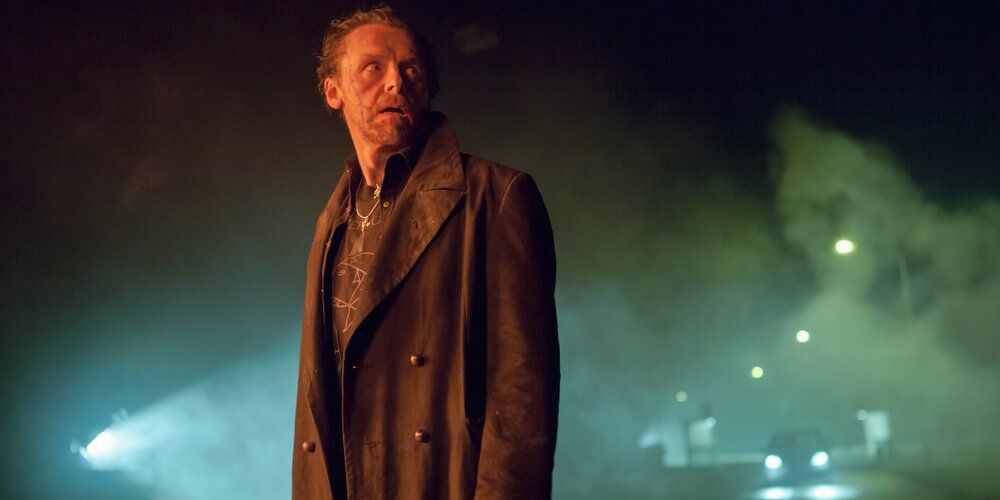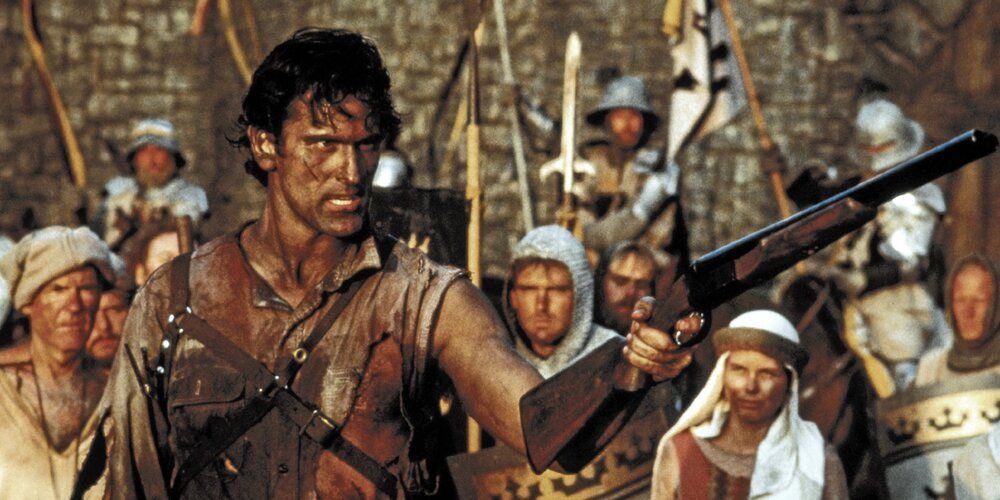Often, all of the movies in a trilogy will have a lot in common. The third film, regardless of its different story or plot, will be the same sort of thing as the first two, with the same characters, in the same world, usually telling similar stories with similar themes.
Return of the Jedi remains in the Star Wars galaxy, finishing the story of Luke, Han, Leia, and Darth Vader. Return of the King picks up directly after The Two Towers in the Lord of the Rings saga, as the Fellowship finish their battle against Sauron. Sometimes, however, film trilogies switch things up drastically for their third installment, changing the tone, setting, or even genre.
10 Thor: Ragnarok Abandons Nearly Everything About The First Two Thor Films
Within the MCU, the first two Thor films are both usually listed among the weaker entries. Although the first one was perfectly enjoyed when it came out, it was considered inferior to Captain America: The First Avenger and especially Iron Man among Phase One efforts. And Thor: The Dark World is still considered one of the most underwhelming movies in the entire MCU.
As a result, Thor: Ragnarok, seeing a change of directors from Kenneth Branagh to Taika Waititi, changes nearly everything about the subseries, acting as a more direct sequel to Age of Ultron than either of its predecessors. Loki and Thor are the main characters, but with Asgard left behind; the presence of Hulk and Hela; and the change to a more comedic tone; the film is very different— and better for it.
9 The Hangover Part III Abandons The Series' Premise
Part of the runaway success of The Hangover lay in its simple premise: A group of friends wake up the morning after a wild bachelor party, to find they've spent the night causing trouble that they have no memory of. They have to work out what they did, while dealing with the consequences of their debauchery.
The Hangover Part II was criticized for simply being more of the same but cruder, so the third film took an entirely different approach. Rather than a post-blackout comedy, it was instead a darker crime comedy, with the entirely lucid gang being forced between a pair of criminals. This effort would also fail, earning poor critical reception.
8 Back To The Future Part III Becomes A Western
The Back to the Future series has always played loose with genre, but typically remained within the sci-fi category. Despite the trappings of the time-travelling Delorean, and the presence of characters like Marty and Doc, the third film in the series takes a hard pivot into classic Western territory.
With the two trapped in the Wild West, Back to the Future III mixes its time-travelling action with Native Americans, horses, cowboys, and showdowns at High Noon. Despite veering into a totally different direction, the film is still considered excellent, with many preferring it to the second installment.
7 Alien 3 Kills Off All Of The Supporting Cast
The first three Alien films, despite telling one continuous story, have loose connections in other areas, such as the genre of the films moving back and forth between horror and action. The fourth is even more removed, telling a separate story that acts like a distant and poorly-received epilogue to a trilogy.
Nonetheless, even for the loose standards of the films, Alien 3 changes things immensely from Aliens with the killing of the other survivors from the film: Hicks, Bishop, and Newt. This casts the film as far darker than the already-dark previous efforts, and cuts short potential overhanging plot lines, such as Ripley's maternal relationship with Newt.
6 The Girl Who Kicked The Hornet's Nest Adds Courtroom Drama
The first two films in the Millennium trilogy— The Girl with the Dragon Tattoo and The Girl who Played with Fire— are largely straightforward mystery thrillers, featuring journalist Mikael Blomkvist attempting to get to the bottom of a mystery helped by Lisbeth Salander as she deals with her own problems.
All of that is certainly present in The Girl who Kicked the Hornet's Nest, as the two attempt to clear Lisbeth's name, but large portions of the film are also given over to Lisbeth's murder trial. These parts play out like a court drama, complete with shocking revelations and attempts to undermine witness credibility.
5 At World's End Kicks The Worldbuilding Up To Eleven
Pirates of the Caribbean spent time as a self-contained trilogy, detailing the entanglement of Will Turner and Elizabeth Swann with Captain Jack Sparrow, and the less wholesome pirates following in his wake. The first film was a straightforward swashbuckling romp, with no indication of much supernatural in the world beyond one crew of cursed pirates.
The sequel, Dead Man's Chest, introduces other fantastic elements and broadens the world, bringing in the Kraken, Davy Jones, and the East India Company to the forefront but still focusing the action on the main cast. At World's End brings worldbuilding to the forefront, turning small stories into a worldwide struggle between Pirate Courts with laws and hierarchies and kings, and their opponents in the East India Company.
4 Logan Rejects The Trappings Of A Typical X-Men Film
Wolverine remains the only character to receive his own trilogy of solo films within the wider X-Men movie franchise, despite in many ways being the principle character of the series as a whole. While X-Men Origins: Wolverine and The Wolverine focus on him away from the X-Men, they nonetheless integrate themselves into the world, with other mutants and references to the team and previous events.
Logan takes a hard turn away from this, set further in the future than even Days of Future Past, with mutants nearly wiped out, and all of the X-Men other than Logan and Professor X dead. Instead it tells its own story, unburdened by the other films, and is better for it.
3 The Exorcist III Is A Serial Killer Movie
There are fewer examples of sequel ignominy greater than that of The Exorcist. The first film is considered an all-time classic, with several of cinema's most iconic scenes. The sequels are ignored and despised by most fans, although opinion is coming around on The Exorcist III.
The second film, although also incongruous with the first, focuses on Regan MacNeil as she recovers from her possession. The third takes a bizarre leap away from the series spiritual and religious horror with a slasher-esque plotline focusing on a serial killer. While the killer is possessed by a demon, it is still far from a logical conclusion to the story.
2 The World's End Lives Up To Its Title
The Cornetto trilogy is already a trilogy that is not connected by story, but instead by actors, director, themes, Easter eggs, and recurring jokes. Nonetheless, Shawn of the Dead and Hot Fuzz feel closer together, whilst The World's End takes a hard pivot away in scope.
Hot Fuzz and Shawn of the Dead deal with smaller catastrophes— a string of murders in a small village, and a one-day zombie apocalypse— whilst The World's End takes things global with an alien invasion of all Earth. At its climax the world is effectively ended, per the title, sending humanity back to the Dark Ages, something unthinkable in previous films.
1 Army Of Darkness Abandons The Horror To Become An Action Comedy
The Evil Dead is a strange, and riotously popular, trilogy. The first film tells a largely standalone story, while the second one acts sort of as a remake of the first, telling largely the same story and leading into the third entry, Army of Darkness.
What unifies the first two, aside from their similar plots, is their tone, a strange blend of action, horror, and comedy, unafraid to force the viewer to see scares but happy to put some jokes in. Army of Darkness becomes a straight-up action-comedy without the horror. Despite this, it is arguably the most popular in the trilogy, splitting the honors with Evil Dead 2.

